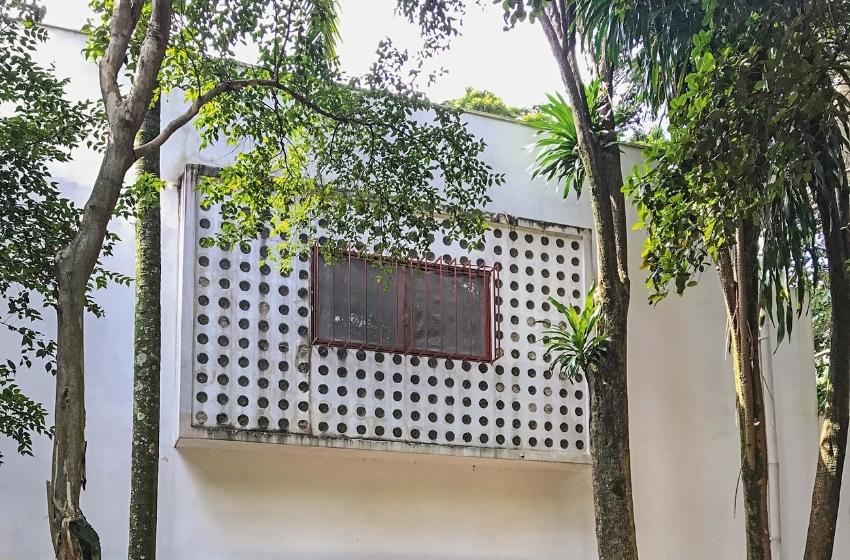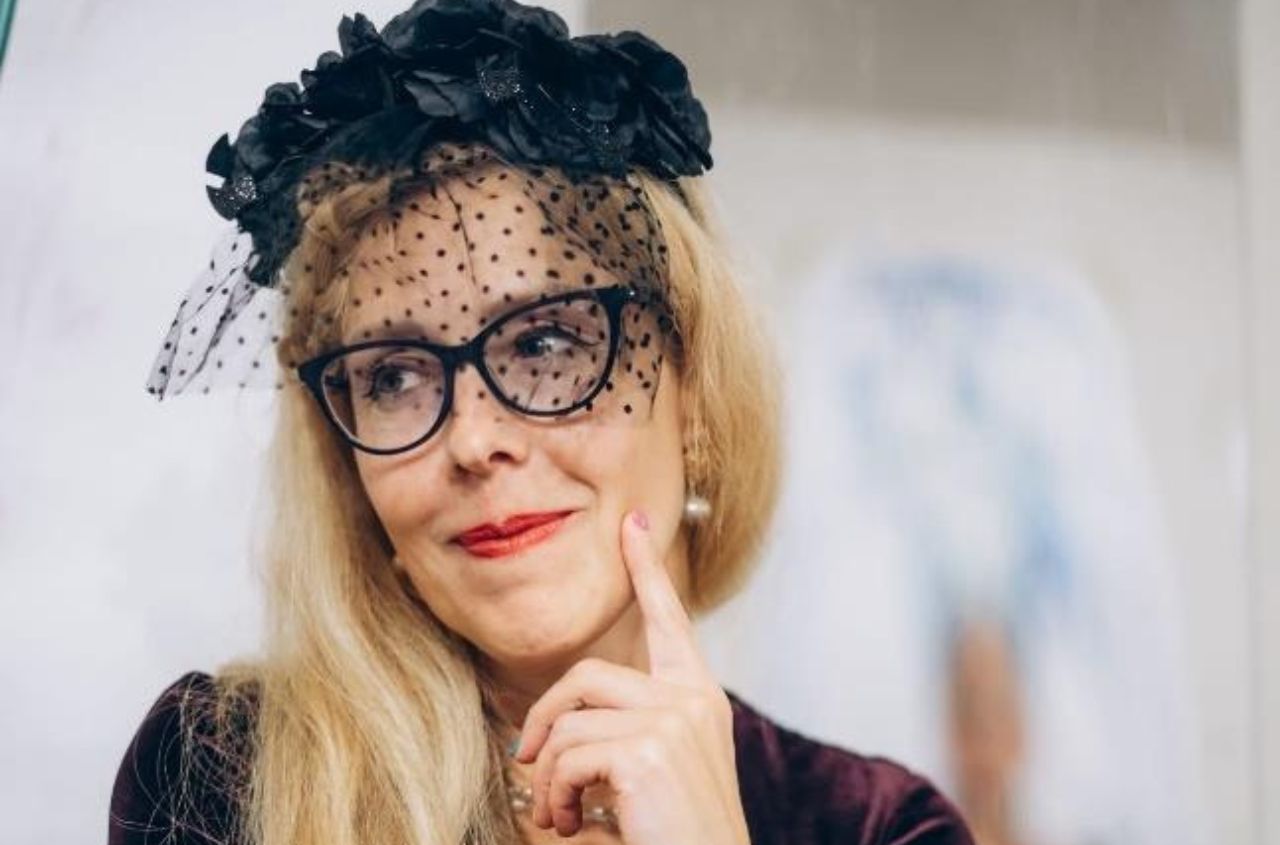Grigory Ilyich Varshavchik, better known as Gregory Varshavchik, is a Odessa origin Brazilian architect, one of the most famous modernist architects in Brazil.
Born on 2 April 1896 in Odessa Grigory Varshavchik grew up in the family of Ilya Varshavchik and Sophia Podgaets.
He started studying architecture at the National University of Odessa. In 1918 he moved to Rome, Italy, joining the Regio Istituto Superiore delle Belle Arti, graduating on July 14, 1920. He spent the first two years of training working for the professor and neoclassical architect Marcello Piacentini (1881-1960), later known as "l'architetto del regime" (fascist style architect), and directs the construction of the Cinema-theater Savoia (1922) in Florence.
He arrived in Brazil (according to him, "land prepared for my ideas and my dreams") in 1923, at the raising times of the modernist avant-garde. Varchavchik, of course, soon got in touch with the modernist group from São Paulo, where he met the young Mina Klabin, daughter of a great industrialist from the São Paulo elite. In 1927 he will marry her and become a Brazilian.
In 1925, Warchavchik writes what would be the first manifesto of modernist architecture in Brazil, initially published in Italian in the Il Piccolo newspaper on June 15, entitled "Futurism?", Later translated and republished by Correio da Manhã on November 1, such as "About Modern Architecture". In his manifesto Varshavchik says that modern architecture should correspond to changes in a person, his life and worldview, follow progress and mechanization.
Our industries, the engines of technological progress, are destined for the role of the Medici in the Renaissance or the Louis in France. The principles of large-scale production, the standardization of doors and windows will not harm modern architecture, on the contrary, they will help the architect create what in the future will be called the style of our time. The architect's thought will be forced to work harder, his attention will not be constrained by decorative ornaments, the search for proportions, and so on. The standard parts of buildings are like the sheet music from which the composer will compose a musical building.
Grigory Varshavchik

To build the most comfortable and cheapest house, this is what the architect - the builder of our era of small capitalism, when the economic aspect is of the greatest importance, should strive for. The beauty of the façade must reflect the functionality of the interior layout, just as the shape of a machine is determined by the mechanism that is its soul.
"Morning Mail", 1925

In 1927 Varchavchik began to build a house for himself (Santa Cruz street, Vila Mariana district, in São Paulo) what would be considered the first modernist house in the country, completed in 1928. The project, the construction, the decoration, the interiors, the furniture and the lighting pieces, are authored by the architect. Mina Klabin Warchavchik collaborated with the landscape design for the garden - eventually also considered the first modern landscape design in the country.

Varshavchik's house on Santa Cruz met a lot of criticism, both immediately after construction and later. If the negative reaction of the architect's contemporaries, adherents of the classical approach to architecture, is expected and understandable, then criticism from the modernists can still cause controversy. The main claim of the supporters of the new architecture to the Varshavchik house was that this house, in the opinion of the critics, was not a modernist building.
The plot on which Gregory Varshavchik was building belonged to the family of the architect's wife, Mina Klabin, and was located in a wealthy area with strict building requirements. For this reason, the facade on the approved project was decorated with panels and cornices, masking the unusual simplicity and severity of forms.


The exterior of the house made a strong impression, it was so unusual for Sao Paulo in those years. After this first practical experience, the process could no longer be stopped. Over the next three years, Varshavchik built several more private houses. The presentation to the public of the second of them, a house on Itapolis Street, was accompanied by a temporary exhibition of modernist interiors: the rooms were furnished with modern furniture and objects reflecting the most advanced trends in design, the walls were decorated with paintings by young artists. During the exhibition, lectures and creative meetings were held.

The influence of the ideas and talent of Gregory Varshavchik can be traced in Brazilian architecture to the present day. In 1930, Luciu Costa, then director of the Academy of Arts of Rio de Janeiro, invited Varshavchik to the position of teacher of architecture. And in 1931 Kosta and Varshavchik together founded an architectural bureau, where in 1934 Oscar Niemeyer came to work as an intern.
Costa, Niemeyer, and other architects of the next generations never forgot to mention Varshavchik as a professional who had a strong influence on their formation.

He was buried in the Israeli Cemetery of Vila Mariana.





















